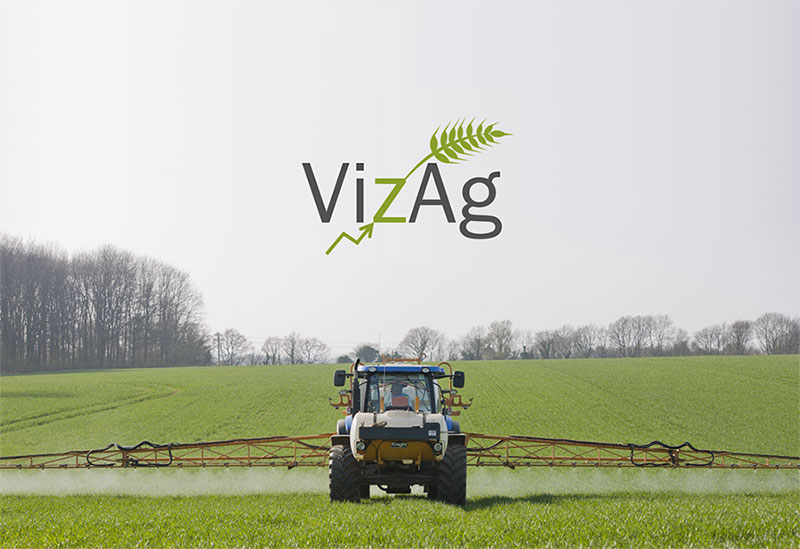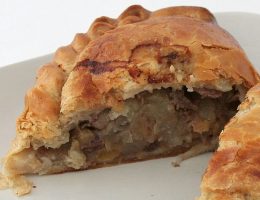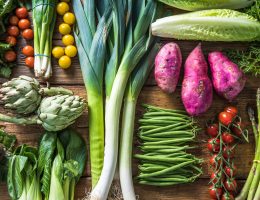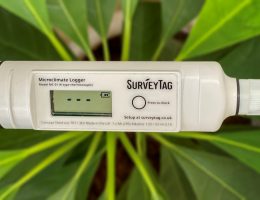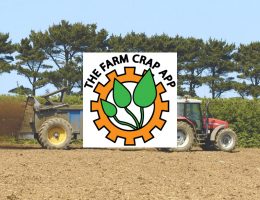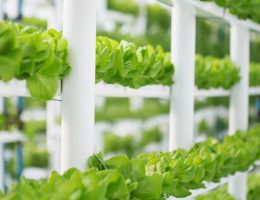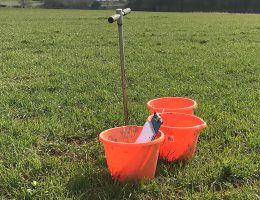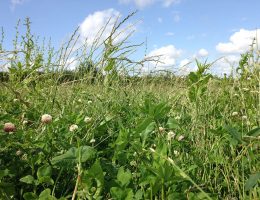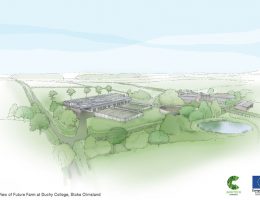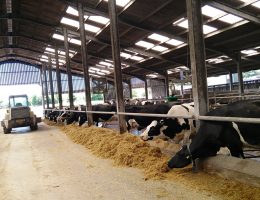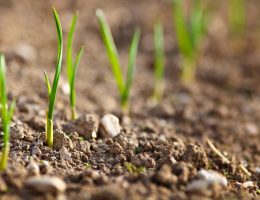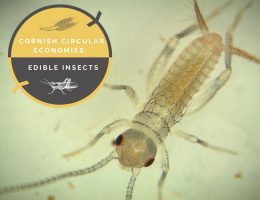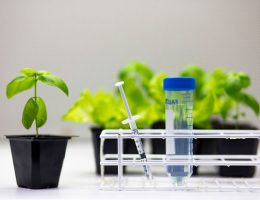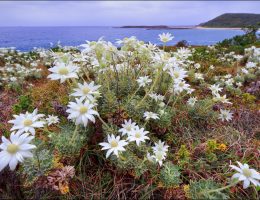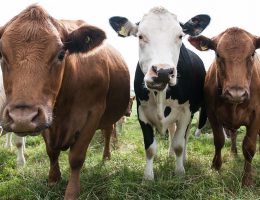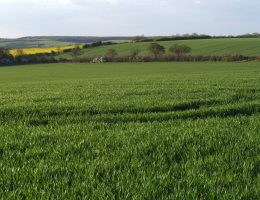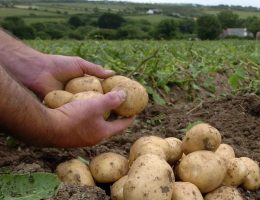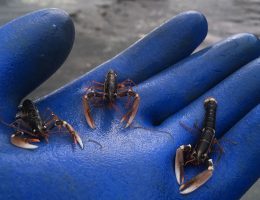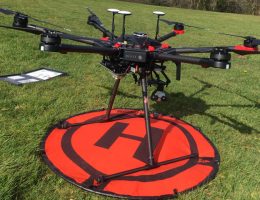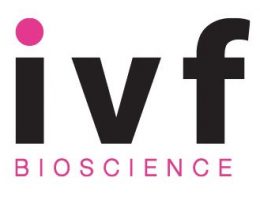To improve efficiency and sustainability, farmers make increasing use of data gathered on-farm; they’re helped to do this by proliferating technologies which collect, sense and interpret this data. Although this means opportunities for businesses which interpret, integrate and visualise data, it’s not always a smooth or reliable process. Data collection can be impractical, costly, and, even if successfully completed, data needs to be turned into useable information for the farmer.
So this project’s aim was threefold: to keep data-collection to a bare, cost-effective minimum; to generate it using a proven agricultural model; and to develop visualisation tools to keep the farmer usefully and practically informed.
Rothamsted Research (RRes) and Glas Data were our collaborators in the project, which was negatively impacted by various factors outside our control. Employing a highly experienced postdoctoral researcher took longer than anticipated (for Visa reasons), and RRes were unable to retain them once in post. A replacement was hard to find (in part due to the high demand for such skillsets) and the alternatives – secondments, joint appointments, consultancies – proved not to be feasible.
Covid’s impact was huge too. Glas Data had to furlough staff so couldn’t develop a full-visualised model; the previous, web-based prototype had to be used to engage farm businesses in testing and development, a process which, along with other industry events, exhibits, and knowledge-exchange opportunities, was also curtailed by lockdowns and travel restrictions.
The project’s work focused on a light-weight version of the well-established SPACSYS model which has been central to numerous research projects for 20 years. Outputs consisted of crop productivity, soil carbon and nitrogen budgets, soil water content and water discharge through surface run-off and drainage, and expected financial gains/losses (most of which are not readily available in existing management tools).
Although constraints restricted scope to a prototype web-based form, RRes and Glas Data collaborated well and intend to again, especially in light of the reception at workshops and events for the idea of developing a SPACSYS-based decision support tool for on-farm monitoring. The considerable technical expertise already involved in this project has resulted in a valuable first step being taken. Further steps and future progression and collaboration (in the form of this decision support tool) are exciting and likely.
To find out more, please email us at vishnu.paranthaman@rothamsted.ac.uk or call us on +44 (0) 1837 512 272

